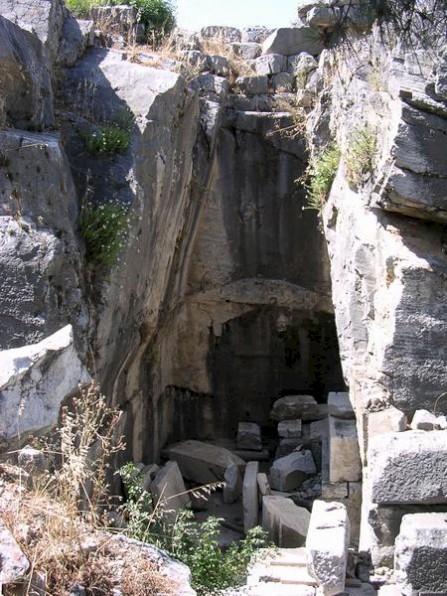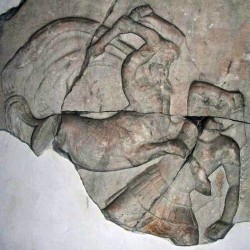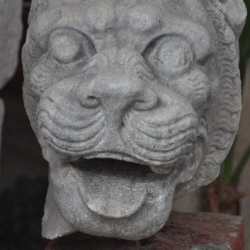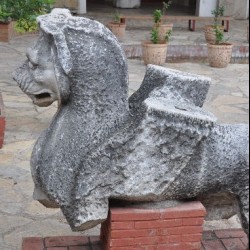Belevi Mausoleum
Q1911796Belevi Mausoleum: Hellenistic tomb near Ephesus, final resting place of Antiochus II Theos.

The Belevi mausoleum was built for Lysimachus, one of the successors of Alexander the Great. The funeral monument is fourteen kilometers to the northeast of Ephesus, Lysimachus' capital. However, the Hellenistic ruler was never buried in the tomb he had ordered, because he was defeated by Seleucus I Nicator in the battle of Corupedium (281), and lost his life and his kingdom. Instead, the tomb at Belevi appears to have been used as the final resting place of the Seleucid king Antiochus II Theos (261-246), a grandson of Seleucus Nicator.
The Belevi mausoleum was probably inspired by the Mausoleum of Halicarnassus. In any case, the socle (with the burial chamber) was a square of 29 x 29 meter, about ten meter high, carved out of the rock and covered with plates of natural stone. On top of this structure was a storey that was surrounded with twenty-eight columns. If the parallel with the Halicarnassian mausoleum is correct, there was a pyramid-like superstructure, crowned with a statue of the deceased.

The sarcophagus itself now is in the museum of Selçuk, together with two lions. Other parts of the decoration are now in the museum of Izmir: a/o griffins and a frieze with a centauromachy, i.e., a battle between centaurs and humans. This was a very common theme, which represents the victory of civilization over barbarianism. In the 1930s, traces of paint were still visible.
There is an important ancient stone quarry near the mausoleum.
 Belevi, Mausoleum, Frieze of a centauromachy |
 Belevi, Mausoleum, Frieze of a centauromachy |
 Belevi, Mausoleum, lion |
 Belevi, Mausoleum, lion |